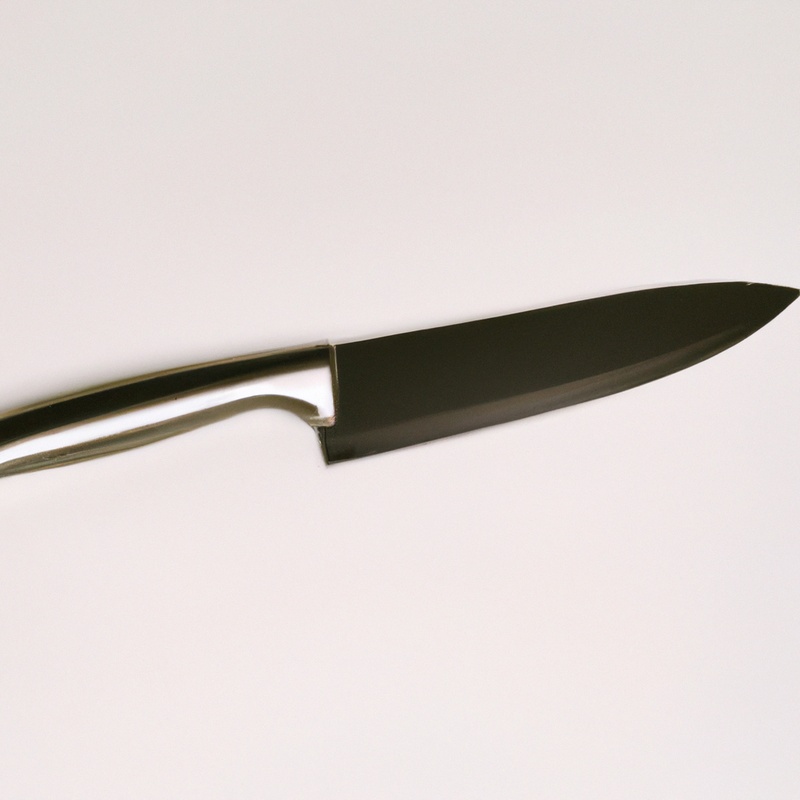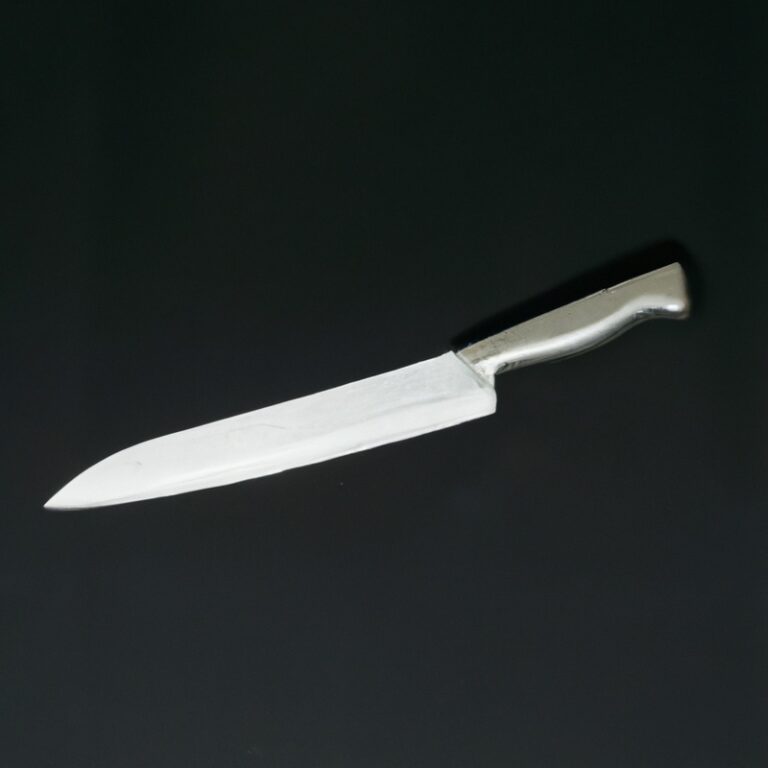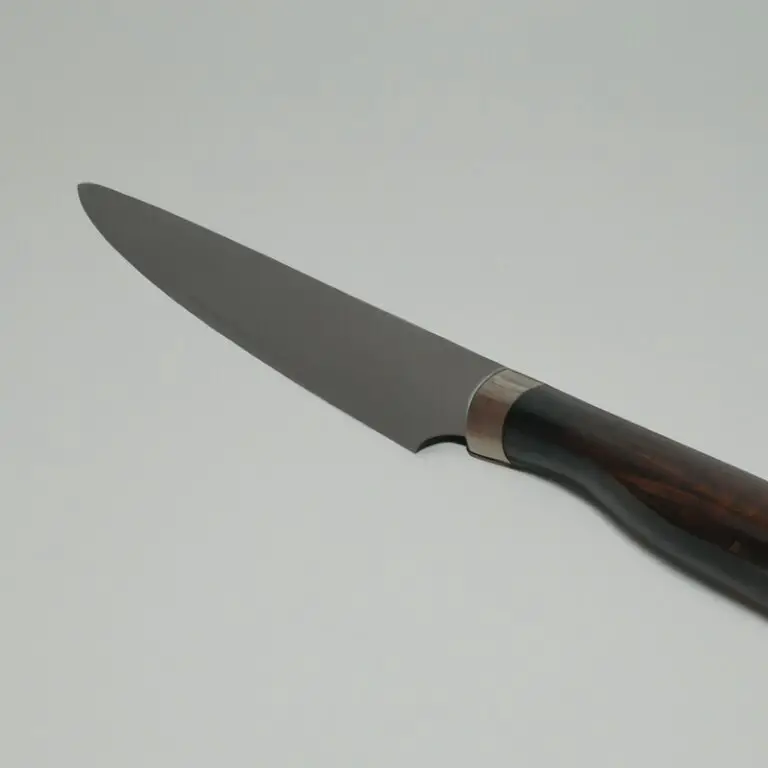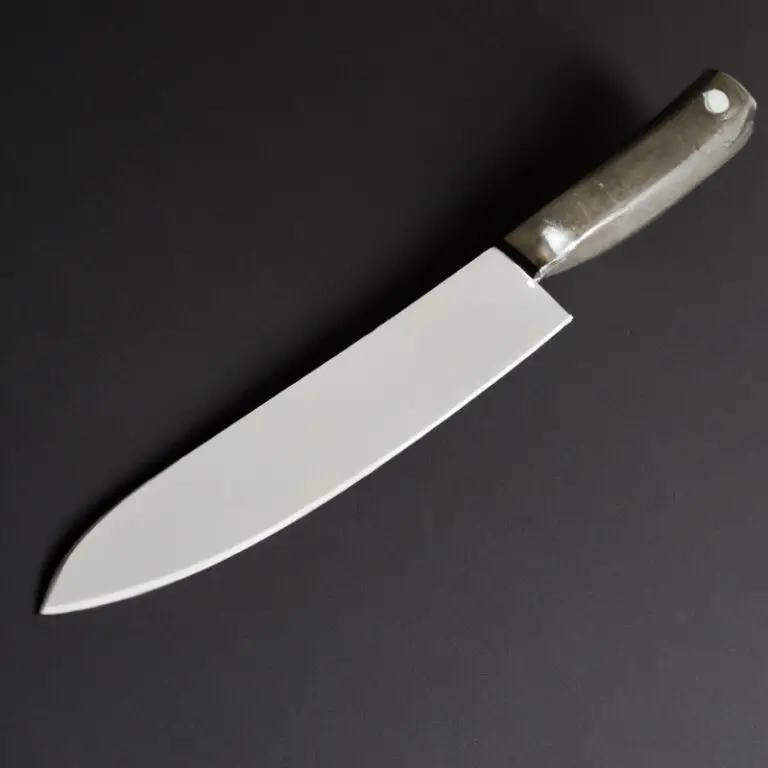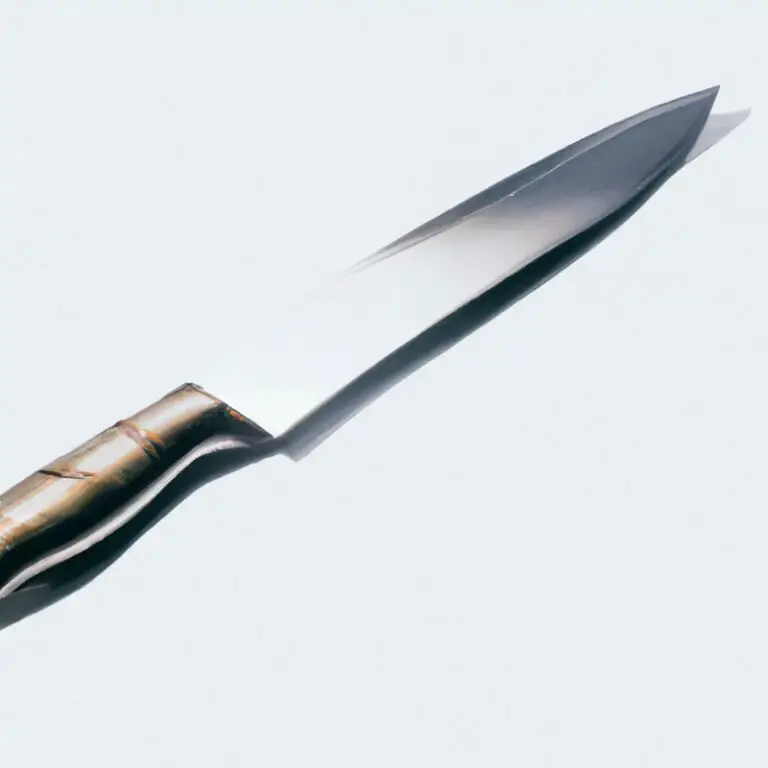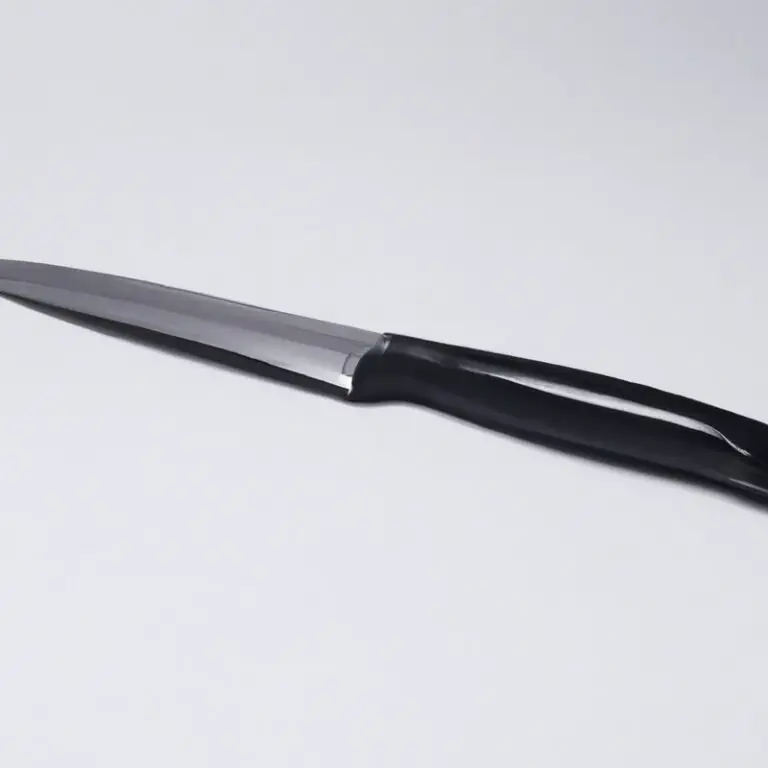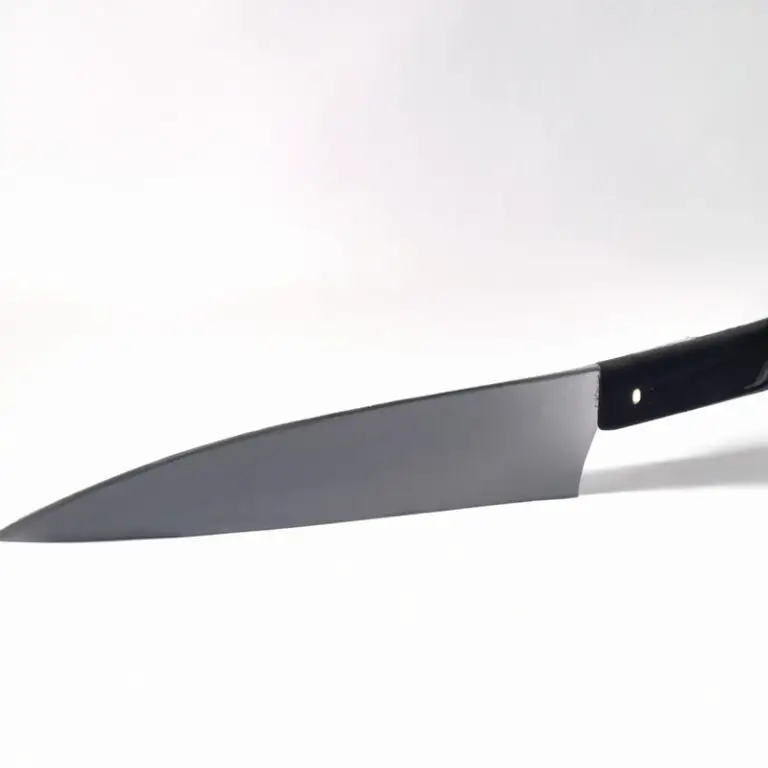Which Knife Steel Is Most Suitable For Bushcraft Knives?
Key Takeaways:
- High carbon steels like 1095 and O1 are popular choices for bushcraft knives due to their excellent edge retention and ease of sharpening.
- Stainless steels such as S30V and CPM-154 are preferred by some bushcraft enthusiasts for their corrosion resistance and low maintenance.
- Damascus steel offers a unique aesthetic appeal and good overall performance for bushcraft knives, but it can be more expensive.
- The choice of knife steel ultimately depends on personal preference and specific requirements for the bushcraft activities being performed.
Picture this: you’re immersed in the wilderness, breathing in the crisp, untouched air, trying to craft a shelter or prepare a meal from the resources around you.
In these moments, your knife becomes an extension of yourself, an indispensable tool that can make or break your bushcraft experience.
But here’s the question: which knife steel should you choose to ensure your knife stands up to the demands of bushcraft?
In this article, we’ll explore the common types of knife steels for bushcraft, the factors you should consider when choosing one, and recommend some top choices to help you make an informed decision.
So, let’s dive into the blade!
| Steel Type | Pros | Cons |
|---|---|---|
| 1095 Carbon Steel | Durable and tough | Prone to rust if not properly cared for |
| O1 Tool Steel | Excellent edge retention | Requires regular maintenance to prevent rust |
| D2 Steel | Highly wear-resistant | Can be more challenging to sharpen |
| CPM-S30V Stainless Steel | Excellent corrosion resistance | Relatively expensive |
| VG-10 Stainless Steel | Highly corrosion resistant | May require more frequent sharpening |
Common knife steels for bushcraft knives
High carbon steel
High carbon steel is an excellent choice for bushcraft knives.
It offers exceptional durability and toughness, making it ideal for outdoor tasks.
The high carbon content allows for easy sharpening and excellent edge retention.
However, it is important to note that high carbon steel is prone to corrosion, so proper care is essential.
Regular cleaning, drying, and applying a rust-prevention coating will help maintain the steel’s integrity.
With its robust performance and sharpening ease, high carbon steel is a reliable option for bushcraft knives.
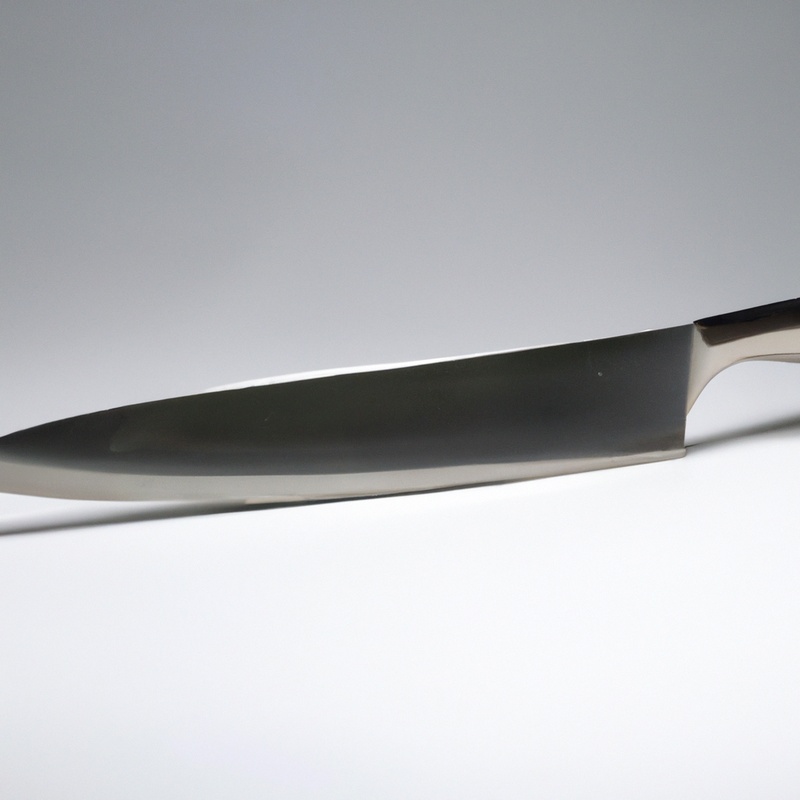
Stainless steel
Stainless steel is a popular choice for bushcraft knives due to its excellent corrosion resistance.
It contains a high amount of chromium, which forms a protective layer on the surface of the steel, preventing rust and corrosion.
Stainless steel is also relatively easy to maintain, requiring less frequent cleaning and lubrication compared to other steels.
Additionally, it offers good strength and durability, making it suitable for various outdoor tasks.
Some common types of stainless steel used in bushcraft knives include 440C, VG-10, and CPM-S30V.
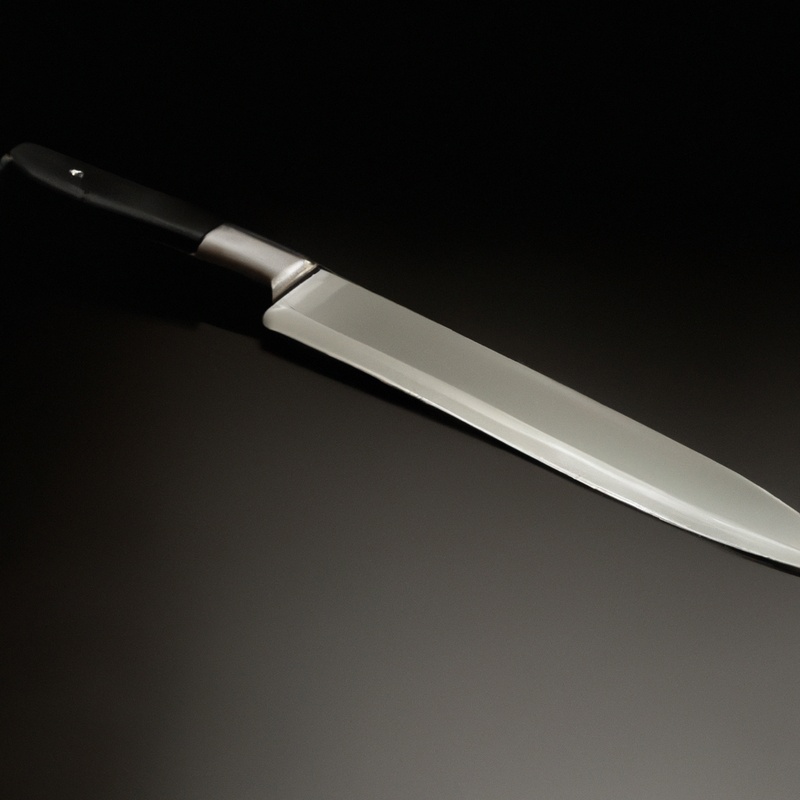
Tool steel
Tool steel is a popular choice for bushcraft knives due to its durability and edge retention. It is a high-carbon steel that can withstand heavy use and maintain its sharpness for longer periods.
Tool steel is known for its toughness and resilience, making it ideal for outdoor activities like wood carving and shelter building.
However, it may not offer the same level of corrosion resistance as stainless steel. Proper maintenance and care, such as regular cleaning and lubrication, can help prevent rust and corrosion.
Additionally, tool steel may require more effort to sharpen compared to other steels.
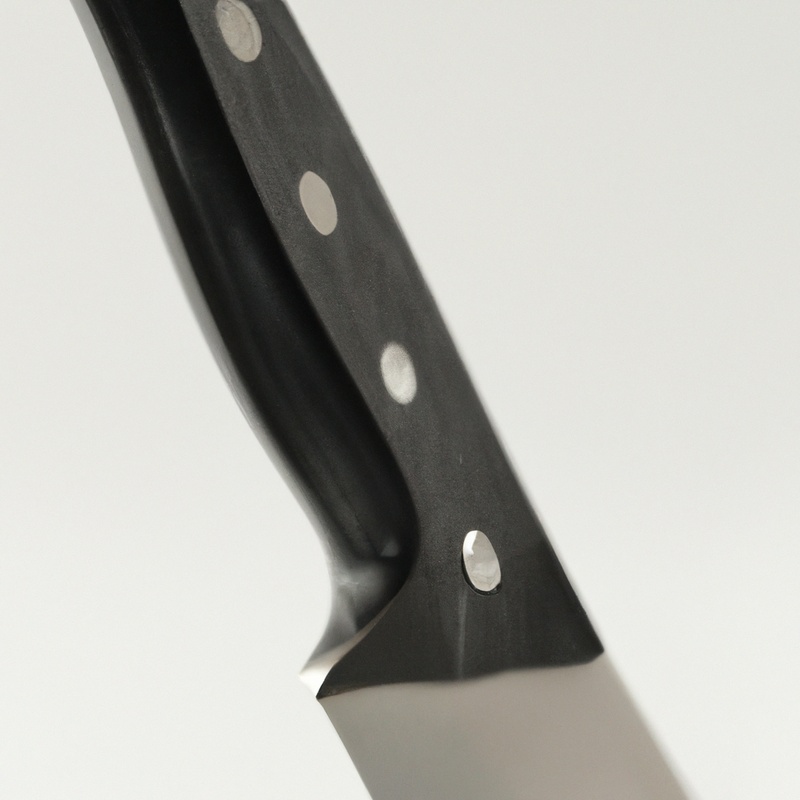
Factors to consider when choosing knife steel for bushcraft
Durability and toughness
Durability and toughness are key factors to consider when choosing knife steel for bushcraft.
You want a steel that can withstand the demands of outdoor activities like chopping, batoning, and scraping.
High carbon steel, such as 1095, is known for its exceptional durability and toughness.
It can handle heavy use without chipping or breaking.
Tool steel, like D2, is also a good option as it offers excellent strength and resistance to wear.
Stainless steel, although more corrosion resistant, may not be as durable or tough as high carbon or tool steel.
Ultimately, choose a steel that can withstand the ruggedness of bushcraft tasks.
Corrosion resistance
Corrosion resistance is an important factor to consider when choosing a knife steel for bushcraft. A knife that is resistant to corrosion will better withstand exposure to moisture, humidity, and other environmental elements.
This helps to prevent rust and maintain the knife’s performance and longevity.
Stainless steel is known for its excellent corrosion resistance, making it a popular choice for bushcraft knives. High carbon steels, while offering excellent edge retention and toughness, may require more maintenance to prevent corrosion.
Ultimately, choosing a knife steel with good corrosion resistance will ensure your bushcraft knife remains functional and reliable in various outdoor conditions.
Edge retention
Edge retention is a key factor to consider when choosing a knife steel for bushcraft. It refers to how well the blade maintains its sharpness over time.
High carbon steels like 1095 are known for their excellent edge retention, but they can be prone to rust if not properly cared for.
Stainless steels, such as AUS-8, may not provide the same level of edge retention, but they offer better corrosion resistance. Tool steels like D2 strike a balance between edge retention and rust resistance.
Ultimately, the choice depends on your priorities and the environment in which you’ll be using your knife.
Ease of sharpening
When it comes to ease of sharpening, some knife steels are more forgiving than others. High carbon steels, such as 1095, are relatively easy to sharpen and maintain a good edge.
Stainless steels, like AUS-8, can be a bit more challenging to sharpen due to their higher hardness.
Tool steels, such as D2, require more time and effort to sharpen but can provide excellent edge retention. Keep in mind that the sharpening process also depends on your sharpening skills and the tools you use.
Cost
Cost is an important factor to consider when choosing knife steel for bushcraft. Different types of steel vary in price, so it’s essential to find an option that fits your budget.
High carbon steel is often more affordable compared to stainless steel or tool steel.
However, keep in mind that cost shouldn’t be the only consideration. It’s crucial to strike a balance between the quality and price of the knife steel to ensure you get a durable and reliable bushcraft knife within your budget.
Recommended knife steels for bushcraft knives
1095 carbon steel
1095 carbon steel is a popular choice for bushcraft knives due to its excellent durability and edge retention. This steel is known for its high carbon content, which provides exceptional toughness and the ability to hold a sharp edge for a long time. However, it is susceptible to corrosion, so proper maintenance is important to prevent rusting. With regular care and sharpening, 1095 carbon steel knives can be reliable and versatile tools for outdoor adventures.
AUS-8 stainless steel
AUS-8 stainless steel is a popular choice for bushcraft knives.
It offers a good balance between durability, corrosion resistance, and ease of sharpening.
With a carbon content of 0.75%, it is considered a stainless steel with excellent strength and toughness.
AUS-8 is known for its ability to hold an edge, making it suitable for various outdoor tasks.
It is also fairly affordable compared to other high-end steels.
Overall, AUS-8 stainless steel is a reliable option for those looking for a versatile and dependable bushcraft knife.
D2 tool steel
D2 tool steel is a popular choice for bushcraft knives due to its excellent balance of toughness, edge retention, and corrosion resistance. It is a high-carbon steel with a chromium content that provides good wear resistance and helps prevent rust.
D2 tool steel is known for its ability to hold a sharp edge for extended periods, making it ideal for outdoor tasks.
It may require a bit more effort to sharpen compared to other steels, but the trade-off is worth it for many bushcraft enthusiasts. As with any knife, proper maintenance and care are essential to keep D2 tool steel performing at its best.
Maintenance and care tips for bushcraft knives
Proper cleaning and drying
Proper cleaning and drying are essential for maintaining the longevity and performance of your bushcraft knife.
To ensure cleanliness, I recommend using warm soapy water and a soft cloth or sponge to gently scrub the blade, handle, and sheath.
Make sure to avoid abrasive cleaners or rough materials that could scratch the knife.
After cleaning, thoroughly dry the knife with a towel to prevent any moisture from causing rust or corrosion.
Finally, store your knife in a cool, dry place to further protect it from moisture and humidity.
Lubrication and rust prevention
Lubrication and rust prevention are essential for maintaining your bushcraft knife.
This involves regularly applying a thin layer of lubricant, such as mineral oil or silicone, to the blade and pivot points.
This helps prevent moisture from reaching the steel and reduces the risk of rust.
Additionally, you should store your knife in a dry environment and avoid leaving it wet or exposed to extreme conditions.
Regularly inspect and clean your knife to ensure any debris or dirt is removed, as these can contribute to corrosion.
Sharpening techniques
When it comes to sharpening bushcraft knives, there are a few techniques you can use to keep the blade sharp and ready for any task.
- Honing: Regularly use a honing rod or sharpening stone to maintain the knife’s edge. Start with a coarse grit and gradually work your way to a finer one for a polished finish.
- Angle: Maintain a consistent angle while sharpening. Typically, a 20-degree angle is suitable for bushcraft knives, but it may vary depending on the blade shape.
- Stroke direction: When sharpening, move the blade away from you in a smooth, controlled motion. This helps preserve the knife’s edge and prevents accidents.
- Test the edge: After sharpening, test the blade’s sharpness by gently running your finger alongside the edge. Be careful not to cut yourself.
Remember, practice makes perfect.
With time and experience, you’ll develop your own preferred sharpening techniques that work best for you.
Final Verdict
When it comes to choosing the best knife steel for bushcraft knives, it ultimately depends on your specific needs and preferences.
However, there are a few common options that stand out.
High carbon steel offers excellent durability and toughness, while stainless steel provides superior corrosion resistance.
Tool steel is a great choice for its balance of hardness and strength.
Factors to consider include durability, corrosion resistance, edge retention, ease of sharpening, and cost.
Recommended knife steels for bushcraft include 1095 carbon steel, AUS-8 stainless steel, and D2 tool steel.
Lastly, proper maintenance and care, including cleaning, lubrication, and sharpening, are essential for maximizing the lifespan and performance of your bushcraft knife.
Remember, whichever steel you choose, regular maintenance and care are key to keeping your knife in top shape.

